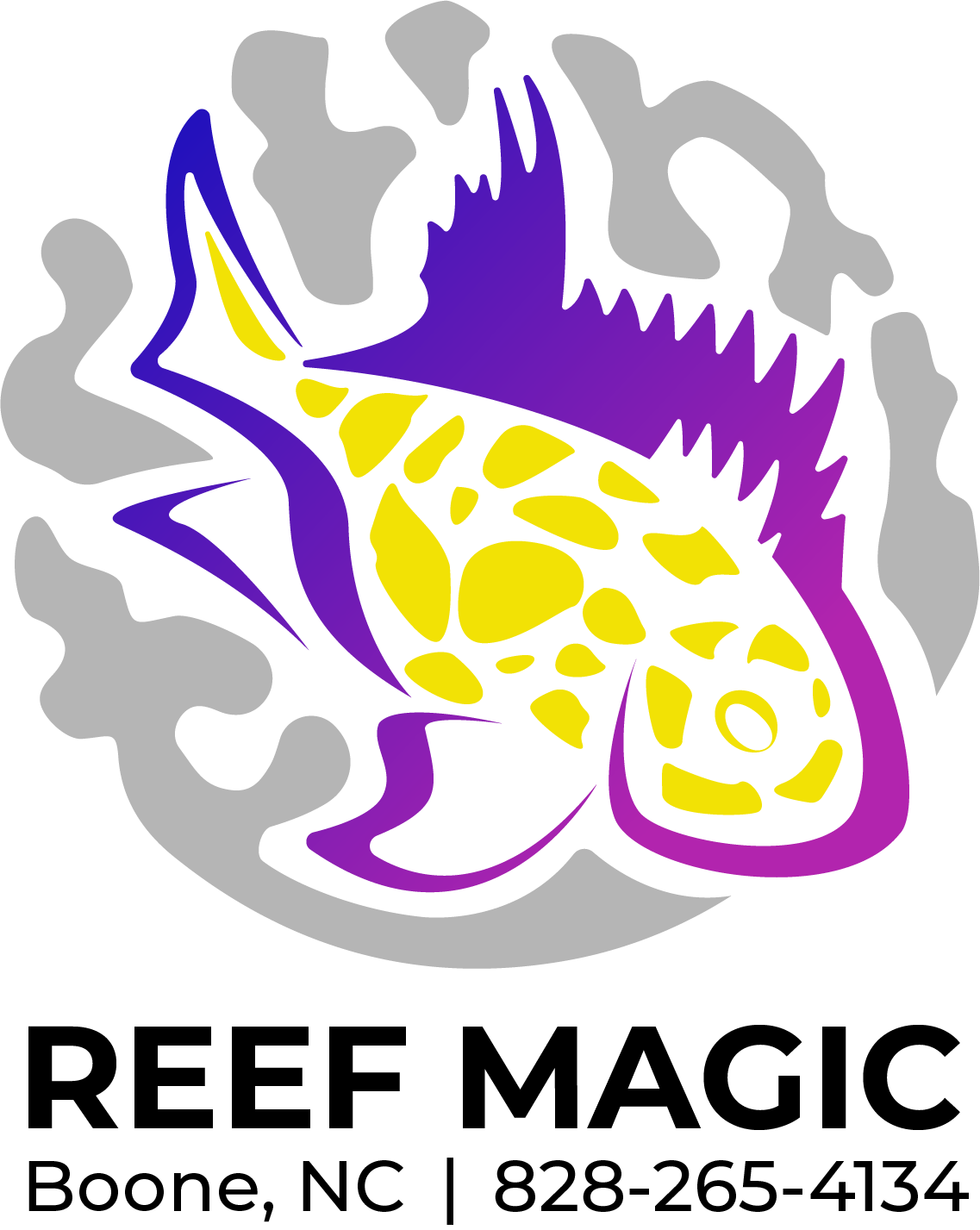 Image 1 of 1
Image 1 of 1


Barb- Taiwan Bitterling
The "barb Taiwan bitterling fish" is likely referring to the Taiwanese Bitterling (Paracheilognathus \ himantegus), a species of hardy, peaceful, and schooling freshwater fish native to Taiwan and other parts of Asia. These fish are omnivores that eat a varied diet and are excellent for both aquariums and ponds, where they can help control pests like mosquitoes. They are a type of cyprinid, a family that also includes true barbs and carp, which is why they might be informally called a "barb".
Characteristics
Appearance: They have a carp-like appearance with a deep body shape, and their colors can be black, blue, red, or silver.
Size: They grow up to about 3 inches (7.6 cm).
Diet: They are omnivores that eat a variety of foods including flake food, small pellets, worms, and algae.
Temperament: They are peaceful, social, and hardy fish.
Care and habitat
Tank/Pond: They can be kept in aquariums or backyard ponds. They prefer a setup with both open swimming areas and dense planting for hiding.
Socialization: They should be kept in schools of at least five to thrive. They are compatible with other peaceful, smaller fish but can be intimidated by larger or more aggressive species.
Water conditions: They can tolerate cooler water temperatures and are very hardy.
Beneficial in ponds: They are good for ponds because they help control mosquitoes and algae.
Why they might be called a "barb"
Family: They belong to the carp family, which includes many fish commonly called "barbs".
Appearance: They have a slight carp-like appearance, and when they mature, they can resemble large rainbowfish.
The "barb Taiwan bitterling fish" is likely referring to the Taiwanese Bitterling (Paracheilognathus \ himantegus), a species of hardy, peaceful, and schooling freshwater fish native to Taiwan and other parts of Asia. These fish are omnivores that eat a varied diet and are excellent for both aquariums and ponds, where they can help control pests like mosquitoes. They are a type of cyprinid, a family that also includes true barbs and carp, which is why they might be informally called a "barb".
Characteristics
Appearance: They have a carp-like appearance with a deep body shape, and their colors can be black, blue, red, or silver.
Size: They grow up to about 3 inches (7.6 cm).
Diet: They are omnivores that eat a variety of foods including flake food, small pellets, worms, and algae.
Temperament: They are peaceful, social, and hardy fish.
Care and habitat
Tank/Pond: They can be kept in aquariums or backyard ponds. They prefer a setup with both open swimming areas and dense planting for hiding.
Socialization: They should be kept in schools of at least five to thrive. They are compatible with other peaceful, smaller fish but can be intimidated by larger or more aggressive species.
Water conditions: They can tolerate cooler water temperatures and are very hardy.
Beneficial in ponds: They are good for ponds because they help control mosquitoes and algae.
Why they might be called a "barb"
Family: They belong to the carp family, which includes many fish commonly called "barbs".
Appearance: They have a slight carp-like appearance, and when they mature, they can resemble large rainbowfish.






